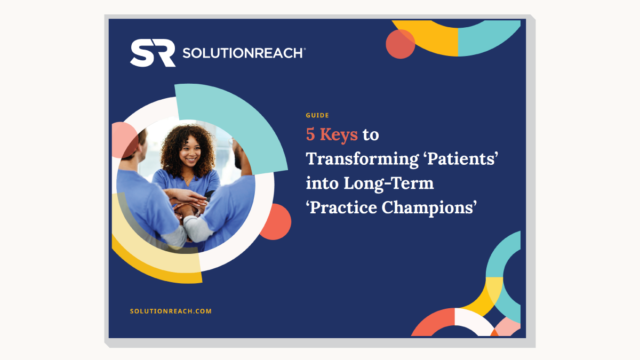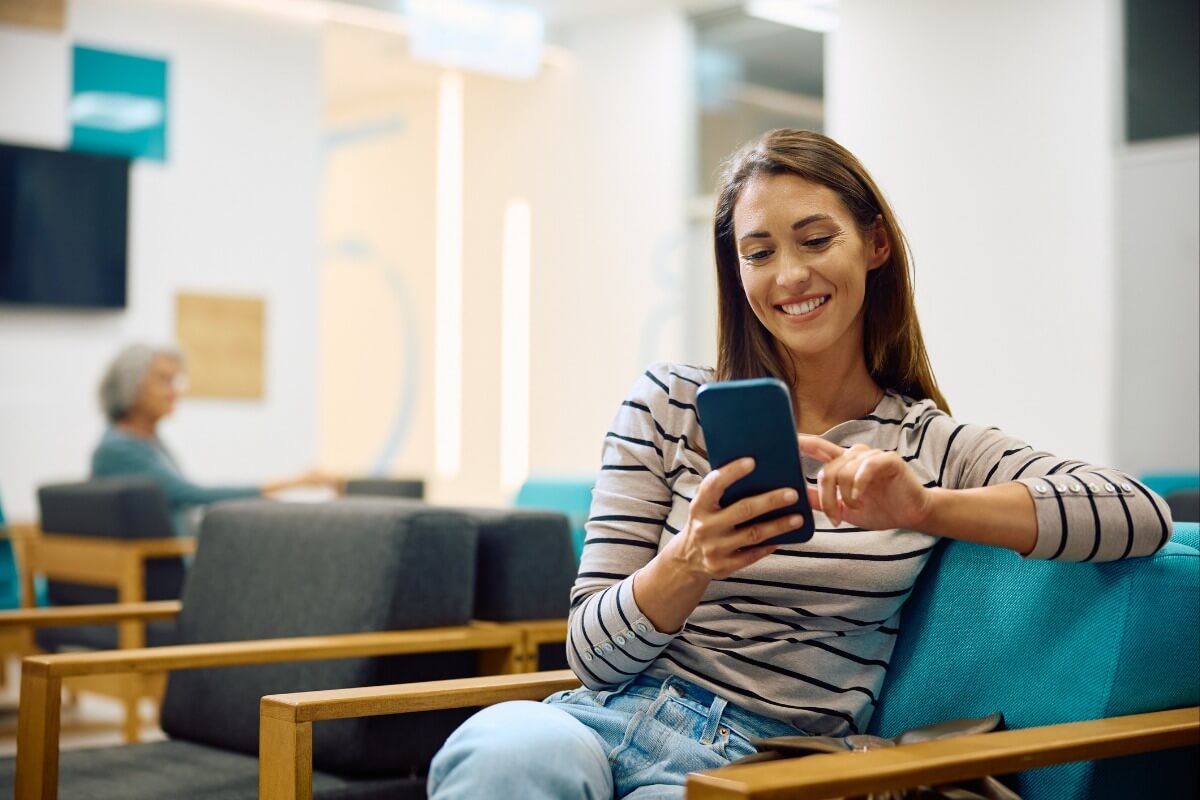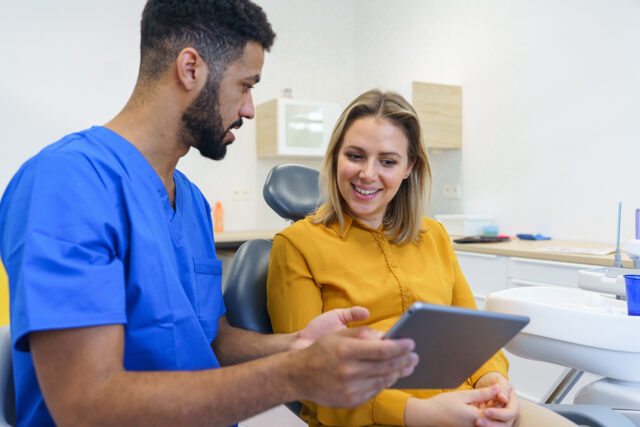It’s well-established that when it comes to patient-provider communication, texting is king. One study found that 98.2% of patients like getting text messages from their providers, and 95.5% said text updates helped them feel more connected to their care team.
Most patients prefer the convenience and simplicity of text communication, and nearly 3 in 4 patients want to be able to send texts to their healthcare providers. That’s why real-time, two-way text messaging can be a communications asset to your medical practice while also offering your patients a quick and effective way to interact with your admin team.
In this article, we’ll look at how two-way texting can help you build closer, more lasting relationships with your patients. We’ll also call out the myriad use cases for two-way text in healthcare beyond just appointment reminders. Finally, we’ll consider specific ways that two-way texting benefits your practice while improving the patient experience.
What multifaceted role does two-way texting play in healthcare?
Being able to communicate at any time with your patients via two-way texting is a virtual Swiss army knife for better patient-provider engagement. 97% of adults own a cellphone, and the majority of them use it to text, giving you and your patients near-universal access to each other. Patients love texting because they can reach you from anywhere without making a phone call. They can also receive and reply to important provider SMS texts without interrupting their busy schedules.
Similarly, your admin team can more efficiently interact with patients and answer questions without dropping everything they’re doing to answer an incoming call. Two-way texting’s versatility and ease of use mean it’s a quick and efficient way to engage with your patients at each stage of their care journey.
How can providers use two-way texting beyond just appointment reminders?
Amplify the benefits of two-way texting by leveraging crucial patient messages before and after each patient appointment. It allows your staff members to more effectively engage with and assist patients at each step of the appointment experience.
Before the Appointment
- Send recall notifications to book routine checkups
- Streamline scheduling by booking patients without picking up the phone
- Send reminder texts for upcoming appointments.
- Send intake requests to verify insurance, contact details, etc.
- Enable patients to confirm appointments and cancel or rebook their visit
- Obtain HIPAA consent in real time to discuss patients’ protected health information and answer questions
- Collect images (insurance card, injuries, etc.)
- Alert patients of schedule delays to reduce their wait times
- Inform patients about newly opened appointment slots via waitlist messages
After the Appointment
- Share follow-up care instructions (patients only remember 50% of information given during an appointment)
- Inform patients that lab results are in
- Request payments
- Schedule follow-up appointments without needing to phone patients
- Share relevant health education
- Obtain HIPAA consent in real time to discuss patients’ protected health information and answer questions
How does two-way specifically benefit healthcare practices?
A two-way texting solution can give you many advantages that phone calls, emails, and snail mail just can’t touch. Moreover, it can playa key role in your patient communications strategy to engage patients more efficiently and with better results, helping you create greater patient loyalty while increasing your office’s productivity.
- Better patient compliance and adherence: Support patients at each step of the appointment experience with follow-up messages and reminders to help them adhere to preventive care plans, book follow-up care, and realize improved health outcomes.
- Reduce operating costs: Fewer incoming calls enable your admin team to be more focused on important tasks, which boosts office productivity.
- Higher efficiency: Staff members can respond to patient texts in between other responsibilities, giving patients greater access while minimizing disruptions.
- Improved patient experience: Two-way texting offers patients a more effortless way to interact with your practice, enhancing patient care and facilitating the collection of patient feedback. This increases patient satisfaction, which helps strengthen relationships and increase retention.
- Increased top-line revenue: Recall notifications, rescheduling reminders, payment reminders, and filling last-minute schedule vacancies increase appointment volume and your cash flow.
Key Takeaways
It’s no secret that today’s patients want to be able to send and receive texts from their healthcare professionals. Two-way texting gives them direct access without having to make phone calls, send emails, or navigate patient portals.
Similarly, your practice stands to profit greatly from real-time patient communication while keeping interactions quick, simple, and convenient. Ultimately, two-way texting can help you build stronger, longer-lasting relationships with your patients because you’re able to guide them through each care step for a more enjoyable patient experience.

Learn more about how to build stronger relationships with your patients that boost your retention rate. Download the guide, “5 Keys to Transforming ‘Patients’ into Long-Term ‘Practice Champions’.”
Read the Guide


